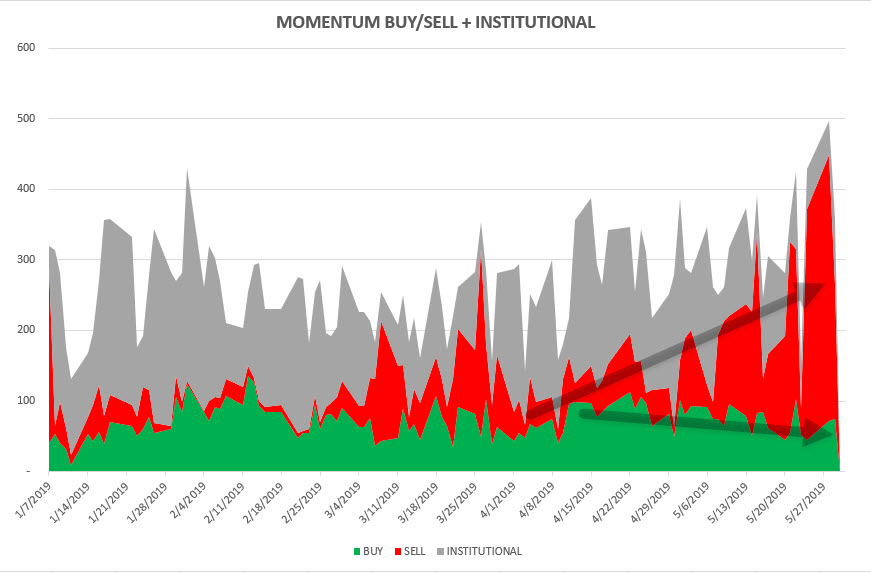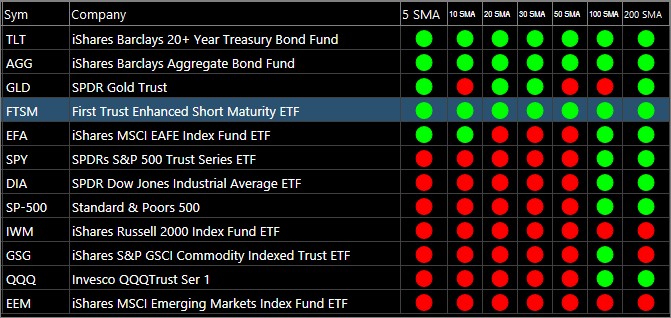Many analysts expected a quicker resolution of the China tariff trade talks. The last Chinese negotiators to arrive in Washington, D.C. had stricken 150 of the previously agreed provisions. All the previous “progress” was undone. The difficult core issues have remained unresolved – patent and copyright protection.
The recent retaliatory tariffs announced by China are minor since they import little “Made in USA” products. Due to fifty years of an imbalanced trade situation, more time will be required for an agreement on new terms.
It is complicated by the cultural issue of China’s priority of saving face. However, China needs this much more than the USA. It will resolve in time. However, it looks to us that President Trump must almost start negotiations anew. The market impact will be to extend the current negative bias.
Economically, consumers remain positive about many aspects of their lives. Corporately, management has been warning of lower sales for almost a year. The forecasts for the balance of 2019 have not improved. Therefore, we expect the summer stock market to remain volatile with a negative bias.
During May, our portfolios were reallocated from equities to cash. It is possible that Exchange Traded Funds that hold bonds may be added. However, many bond funds have followed stock prices due to corporate debt risks. Adjusted for inflation, corporate debt is as high as it has been preceding the last three recessions. We remain cautious. 
We created this chart to track institutional buying (green) and selling (red). The grey is other institution high volume activity that is not clearly directional. The major shift illustrated with arrows is the current month of May. The data forced a shift to a defensive portfolio posture; not us guessing about the future.
If the July earnings season provides a glimmer of improvement, our models will adapt to a more upbeat stance. Otherwise, our current defensive positions will provide capital protection against a steeper decline. We do not know when an uptrend will develop.
For now, the totality of the data confirms a need to protect capital. 
The emphasized row is our cash benchmark. All elements of the stock market are below it.
We do observe intermittent positive days. Those appear to be “buy-the-dip” retail investors. Institutional trading has been selling on those days further reducing their own portfolio risks. Carefully consider your risk exposure.
If you would like a second opinion regarding your portfolio, email Help@IRIRadio.com or call 800-317-9119.

